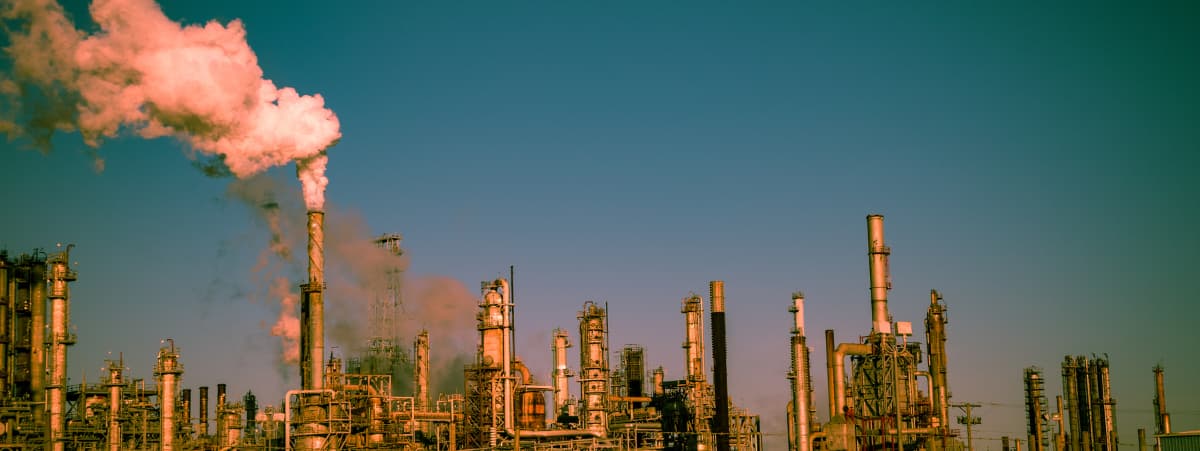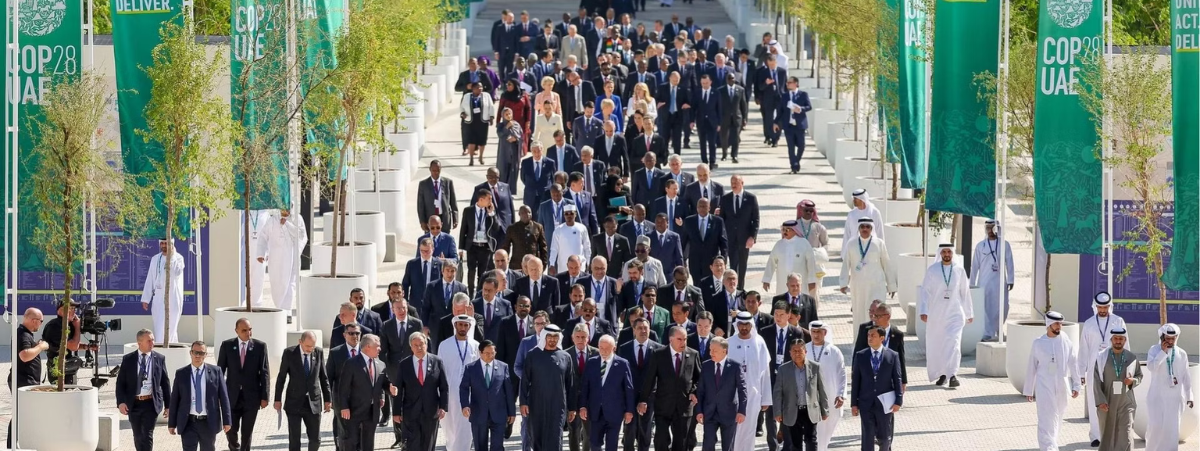The latest IPCC assessment report reminds us that we need to do much more this decade if we are to limit global warming to 2ºC, and presents the most efficient avenues to meet our climate goals: phasing out fossil fuels and using carbon removal methods in hard-to-abate sectors.
The latest assessment report (AR6) published by the Intergovernmental Panel on Climate Change (IPCC) this week provides a stark reminder that climate action is not where it needs to be to avoid catastrophic global warming. But it also presents the solutions that will help us reach our climate goals faster: switching to renewable energy, changing our agricultural system, and leveraging high-quality carbon removals.
H2 – “Humans have unequivocally caused global warming”
Just like in previous assessment reports, the IPCC makes it clear once again that humans are responsible for climate change. “Human activities, principally through emissions of greenhouse gases, have unequivocally caused global warming, with global surface temperature reaching 1.1°C above 1850–1900 in 2011–2020,” notes the report.
According to the panel, the Earth’s surface temperature has increased faster since 1970 than in any other 50-year period over at least the last 2000 years, due to rising greenhouse gas emissions from fossil fuels, land use and patterns of consumption and production.
We are now at a turning point, with the effects of climate change already being felt across the world and primarily affecting the most vulnerable communities – who are also the least responsible for global warming. Heatwaves and floods are increasingly common, and the sea level is rising at a rate of about 4 millimiters a year.
But what comes out most clearly from this report is the urgency of action. The IPCC explains in no uncertain terms that things are about to get much worse if we don’t act now. “Continued greenhouse gas emissions will lead to increasing global warming, with the best estimate of reaching 1.5°C in the near term in considered scenarios and modeled pathways. Every increment of global warming will intensify multiple and concurrent hazards,” it says. Among these hazards are a more intense global water cycle with very wet and very dry weather and seasons and a decrease in the absorption capacity of natural land and ocean carbon sinks, further intensifying the problem.
Urgency is the word
Throughout the document, the IPCC reminds us that in order to limit global warming, be it to 1.5ºC, 2ºC or even more, we need to act immediately. “Limiting global warming to 1.5ºC and 2ºC involves rapid, deep and in most cases immediate greenhouse gas emissions reductions,” the report says.
According to the panel, adaptation and mitigation measures are proving their efficiency, with many regulatory and economic instruments already deployed successfully. “In many countries, policies have enhanced energy efficiency, reduced rates of deforestation and accelerated technology deployment, leading to avoided and in some cases reduced or removed emissions.” Among the most cost-effective mitigation options, the report cites solar energy, wind energy, electrification of urban systems, urban green infrastructure, energy efficiency, demand-side management, improved forest- and crop/grassland management, and reduced food waste and loss.
However, progress is uneven and funding is still insufficient, while financing for fossil fuels remains greater than for climate adaptation and mitigation. “The overwhelming majority of tracked climate finance is directed towards mitigation, but nevertheless falls short of the levels needed to limit warming to below 2°C or to 1.5°C across all sectors and regions,” the report warns.
Reaching net zero
According to the IPCC, in order to reach net zero CO2 or GHG emissions, we need to quickly and deeply reduce our emissions. For instance, to limit global warming to 1.5ºC, we would need to cut methane emissions by 34% between 2019 and 2030.
In order to achieve such significant reductions, the main recommendation is to transition from fossil fuels without carbon capture and storage (CCS) to very low- or zero-carbon energy sources, such as renewables or fossil fuels with CCS. “In most global modelled pathways, land-use change and forestry (via reforestation and reduced deforestation) and the energy supply sector reach net zero CO2 emissions earlier than the buildings, industry and transport sectors,” the authors point out.
But the report recognizes that some GHG emissions from agriculture, aviation, shipping and industrial processes will be impossible to eliminate in the near term. As a result, it recommends the deployment of carbon dioxide removal methods to achieve net zero CO2 or GHG emissions.
Carbon removal is a carbon sequestration method that involves capturing CO2 from the atmosphere and storing it in the soil, underground, in oceans or in products such as cement. Many of the projects on the ClimateTrade marketplace use this method.
Mitigation and sustainable development
Interestingly, the report also points to the synergies between climate change mitigation measures and other aspects of sustainable development. For instance, the authors note that: “Biological carbon removal methods like reforestation, improved forest management, soil carbon sequestration, peatland restoration and coastal blue carbon management can enhance biodiversity and ecosystem functions, employment and local livelihoods.”
ClimateTrade is a strong believer in holistic climate action, which is why all the climate projects on our marketplace also contribute to the UN Sustainable Development Goals (SDGs), generating additional benefits for biodiversity and local communities.








